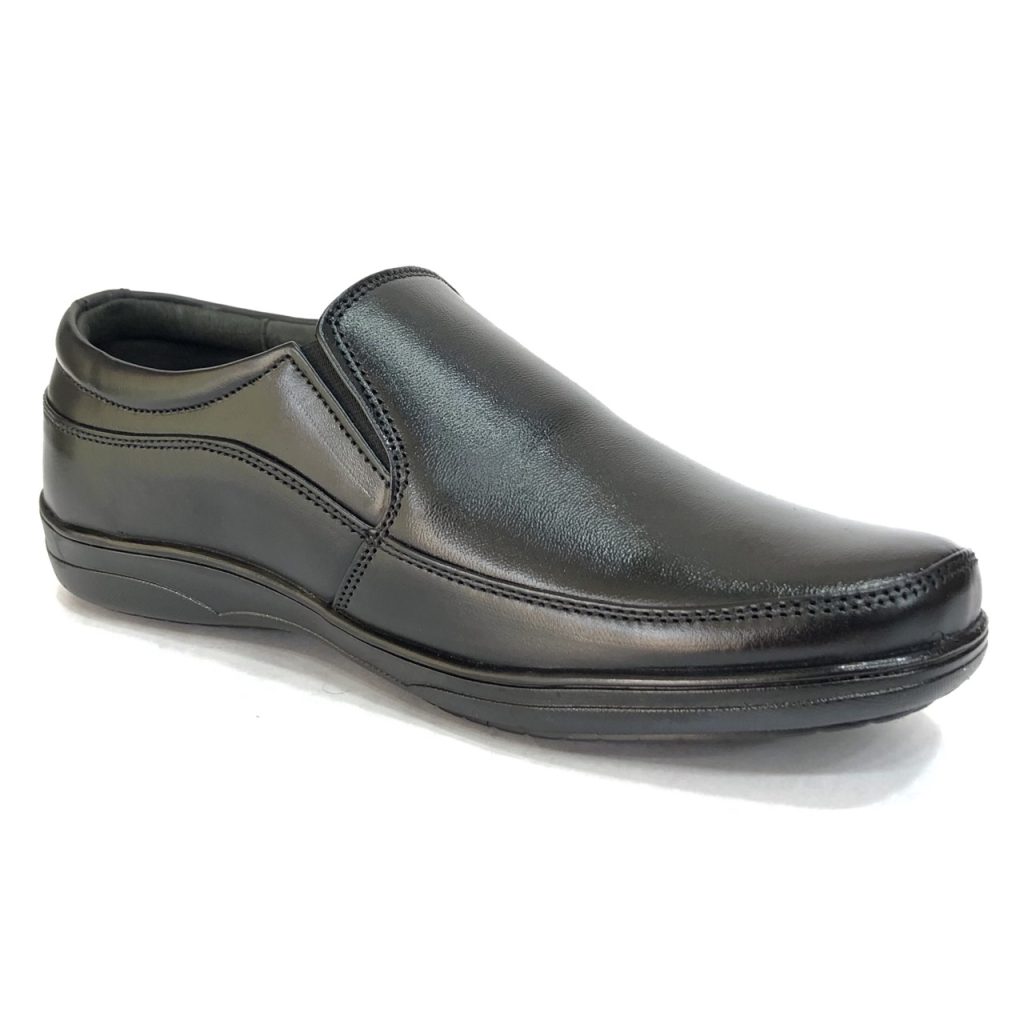The footwear was made of various types of leather. The thick, heavy cowhide leather was used to create the simplest footwear, with no decoration, worn by artisans and peasants.
The Novgorod culture layer from the 11th-13th century is asymmetrical shoes with a narrow heel. The finds also included shoes that have patterns, such as curly lines or parallel lines.
Shoe Craftsmanship
Archeologists discovered many pairs [lapti] of shoes with various decorations during the excavation of villages from medieval times in Russia’s north-east region. Most popular were those with embroidery and leather stamping. Peasants wore the shoes on a daily basis. They were constructed with a lacing to tighten the ankle, as well as the sole was sewn on.
For one lapti, one person required seven strips of bast, two meters long each. To get these strips from a Linden tree, the bark must be removed off the entire surface of the tree without any deterioration or rotting along the entire length. Thus the ancient Russians got a figurative expression of stripping like the in a linden.
Different regions have their own methods of creating lapti. Moscow’s lapti are high and pointed, while those from the Northern regions are low and pointed. Winter lapti were made with double layers of bast.
The 12th century was when shoemakers in Novgorod began to embellish their footwear with woolen thread and carvings of leather. These patterns were a mix of zigzags, crosses, and triangles.
Leather Shoe Manufacturing
The craft of shoemaking in the medieval Novgorod was not much discussed in the literature. This is likely due to the extremely limitedness of archeological evidence which constitute our primary resource to study this subject.
Shoes of all kinds were found on Novgorod archaeological sites. They date back to the 10th-14th century. Thick, dense cowhide leather was used for the simplest footwear with no decoration. They were designed for the broad strata of the populace (artisans and peasants). For openwork shoes, lighter and softer leathers were utilized.
The designs were created using technique of carving leather or embroidery. They included curly designs, rows of parallel or cross-over lines, as well as designs that were vegetative. The most well-known design on openwork footwear was a pair of stylized flowers.
In addition to the flowers, the footwear was decorated with other ornaments like a pair of eyes, bows, string, etc. The feet were protected with a pair of thick soles that were stitched to the shoe.
According to INE statistics the manufacturing output in Russia increased in May 2022 compared to the same month in 2017. The footwear and leather industries were among the industries that boosted production. The demand for safety shoes was the primary driver behind the growth. The Russian company Vostok Serviceproduces safety shoes at two production sites: Torzhok Shoes Factory>> ZAO in Torzhok (Tver Region) and WorkingStyle OOO in Uzlovaya (Tula Region). Vostok-Service is also a licensed distributor of the German Desma brand. Desma.

Traditional Techniques
In the 12th century, shoemaking was well established in Novgorod. The various kinds of giay da luoi nam were discovered in layers from the period, including bog shoes (lapti) soft ankle boots, shoes, and high-sided shoes that reached the ankle (porshni). All these were woven from birch, linden, oak or elm bark. the bast was removed of the bark, and cut into strips to weave.
Depending on how the leather pieces were positioned face to face or in abutting position and joined with either saddle stitches or concealed stitches. When the upper leather piece joined with the lower piece then it was stitched to it with an abutt seam [Rus. tachnyi shov, tachnyj shov].
Burki (feather-and-felt boots) constructed from white felt were a different kind of winter footwear. These were used by the upper class and were the distinguishing characteristic of the highest Party generals, leaders in government, officials from the government, as well as military commanders.
The 14th century witnessed the demise of simple openwork shoes in favor of knee-high boots, which were characterized by narrower heel sections, small openings for threading laces as well as cuts or holes in the bootlegs for decorative leather straps. These are the types of shoes found in the cultural layer of Novgorod, and a leather lace was used to secure them around the ankle.
Modern Innovation
VV: The culture of sneakers is relatively recent in Russia. But I believe it’s developing slowly – and the market is growing more and more popular each day. In the 1990s, just the residents of Moscow and Saint Petersburg could afford to purchase foreign brands.
Nowadays the Russian footwear industry is trying to take on modern fashions and techniques by integrating them into its production processes. Obuv Rossii, for example, developed an automated system to manufacture clogs or flip-flops with EVA technology. It is based on solid. The system is among the most advanced in its field.
The use of innovative materials is also being evaluated by shoemakers. In addition, they are using the most recent IT solutions to enhance omnichannel trade and increase customer loyalty through offering various additional services.
The company plans to unveil and develop new shoe collections for children and women. The shoes will be accompanied by accessories for bags as well as shoe care products and socks. All of these additions will help to boost sales, increase the number of purchase of more complicated items and build the loyalty of customers.
